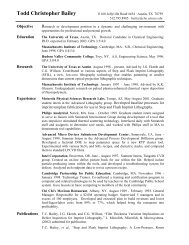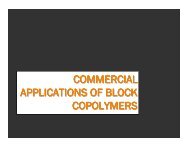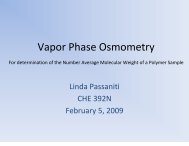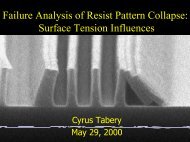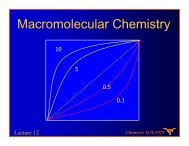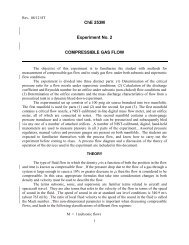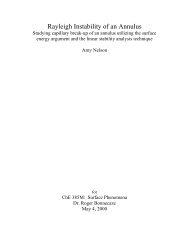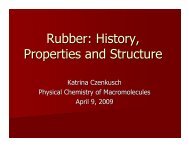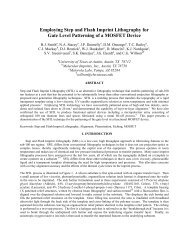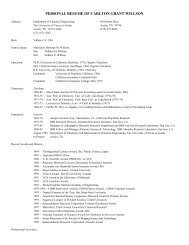Asymmetric fluid-structure dynamics in nanoscale imprint lithography
Asymmetric fluid-structure dynamics in nanoscale imprint lithography
Asymmetric fluid-structure dynamics in nanoscale imprint lithography
- No tags were found...
Create successful ePaper yourself
Turn your PDF publications into a flip-book with our unique Google optimized e-Paper software.
force, lb504540353025201510500 0.05 0.1 0.15 0.2 0.25 0.3 0.35 0.4 0.45 0.5time, sFigure 5.8 Force correspond<strong>in</strong>g to s<strong>in</strong>gle s-curve actuation5.4.2 Double S-Curve Motion ProfileFrom both the experiments and the simulation, it was noticed that theresults, especially <strong>in</strong> the f<strong>in</strong>al base layer thickness and measured forces could beimproved, at the least, through a better feedforward actuation scheme.Furthermore, s<strong>in</strong>ce the force is proportional to the approach velocity of thetemplate and <strong>in</strong>versely proportional to h 3 , this actuation was separated <strong>in</strong>to twosegments. The first segment occurs for large base layers. For large base layers,say above 500 nm, the actuators should move the template assembly faster thanfor th<strong>in</strong>ner base layers. The motion profile of the actuators for this scheme isillustrated <strong>in</strong> Figure 5.9. It was assumed that the motors could provide thespecified motion and that the controller was an ideal high bandwidth controller.The simulation time was 0 ≤ t ≤ 0.5 seconds. In the first 0.05 seconds, the72



